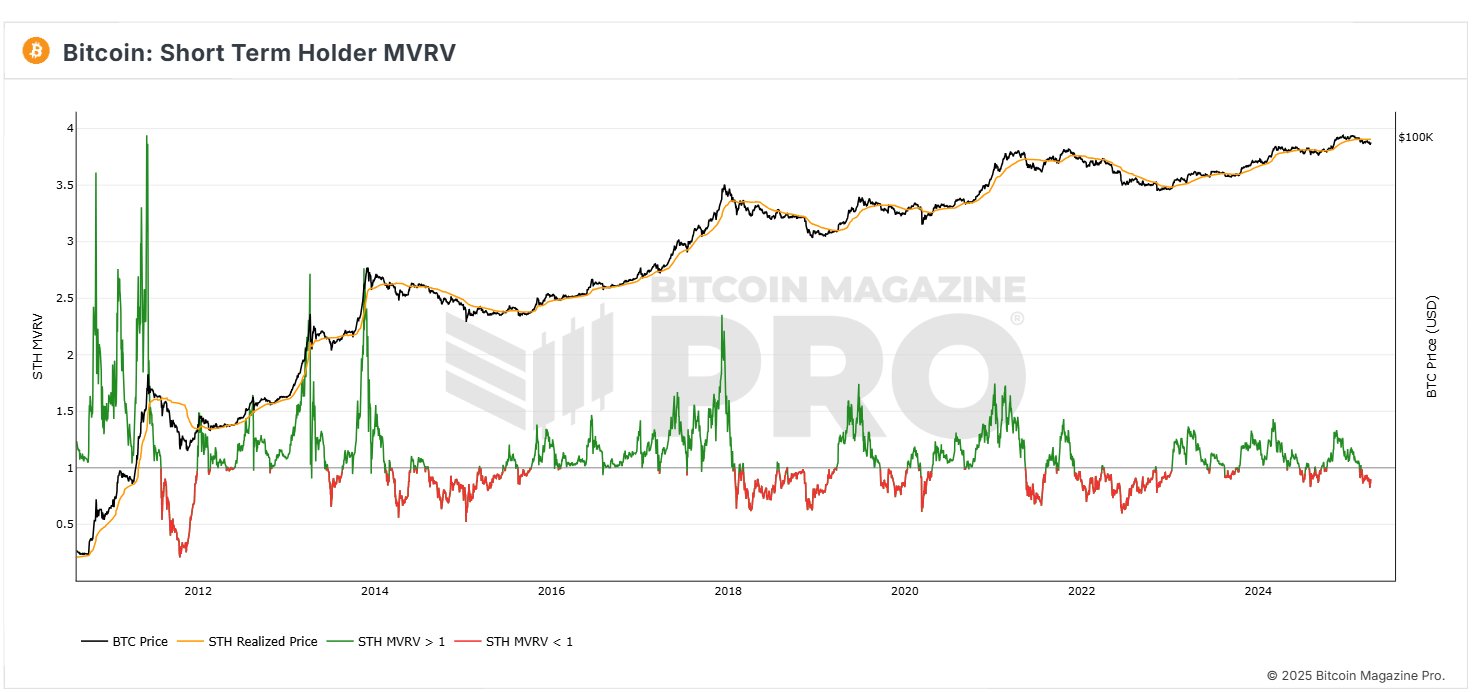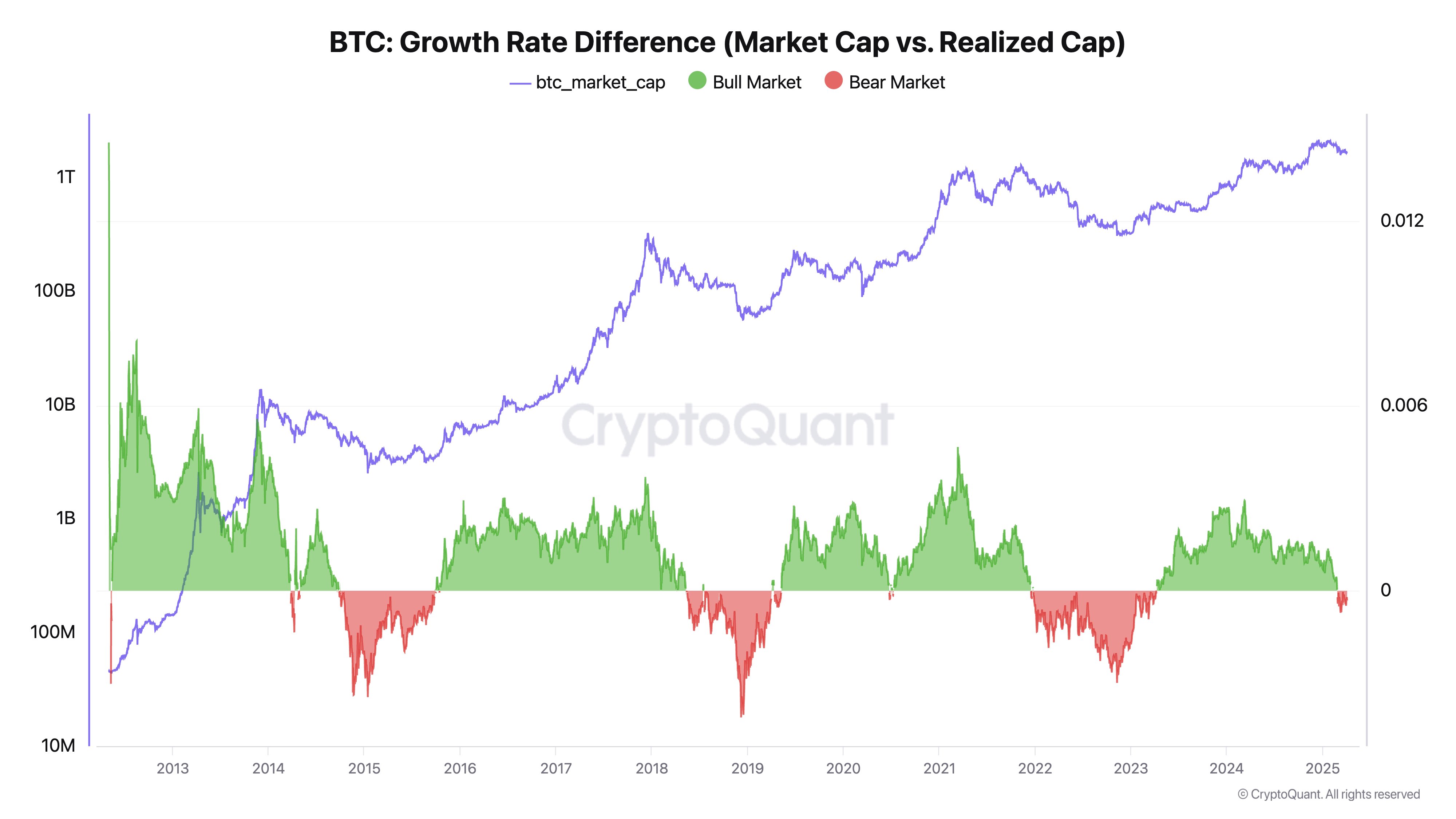Bitcoin
Florida Bitcoin Reserve Bill Passes House With Zero Votes Against

Florida’s Insurance and Banking Subcommittee unanimously passed a bill supporting a state-level Bitcoin Reserve. It will now head to the legislature. This is the first state Bitcoin reserve bill to pass the House committee with zero votes against it.
Although most of the initial comments were highly skeptical due to recent market chaos and fiscal conservatism, state sponsor Webster Barnaby and other supporters won them over.
Florida Advances in the State Race for a Bitcoin Reserve
Over the last few months, a spate of Bitcoin Reserve bills has swept through US state legislatures. Although these initiatives have seen setbacks due to funding concerns, they have also had noteworthy successes.
Today, the US crypto industry can count on another win, as Florida’s Insurance and Banking Subcommittee unanimously voted to approve a Bitcoin Reserve:
“Bitcoin Strategic Bill Passes House Committee unanimously. Today’s remarks was a historical moment, and I am proud to have been a part of it with Samuel Armes and Florida. Bitcoin is the PEOPLES currency,” claimed Joshua Jake, who spoke in favor of the initiative.
Florida’s Bitcoin Reserve bill also marks a new milestone, even if it’s only a Subcommittee vote. This bill passed with complete bipartisan support, without a single Democrat siding against the bill.
One of the Representatives either abstained or was absent, but everyone present was swayed by the argument.
The bill proposes that the Flordia state government invest $1.5 billion in public funds to build a strategic BTC reserve.
Although the Subcommittee hearing was initially skeptical, partially due to recent tariff-imposed chaos, sponsor Webster Barnaby maintained an impassioned defense.
By the end, he and the Bitcoin Reserve bill’s other supporters had wholly won over this Florida Subcommittee. From here, it will head to the legislature.
Over 30 states have proposed reserve bills so far. Arizona is currently leading the race, with both of its Bitcoin bills reaching the final stage and waiting for a decision from the Senate.

Meanwhile, similar bills have already failed in five states, including Montana and Wyoming. The fact that Florida’s House Committee showed unanimous support could provide the state with an edge in this race.
Disclaimer
In adherence to the Trust Project guidelines, BeInCrypto is committed to unbiased, transparent reporting. This news article aims to provide accurate, timely information. However, readers are advised to verify facts independently and consult with a professional before making any decisions based on this content. Please note that our Terms and Conditions, Privacy Policy, and Disclaimers have been updated.
Bitcoin
Bitcoin STH MVRV Climbs To 0.90, Is A Price Rebound On?


Bitcoin (BTC) has moved to reclaim the $86,000 price level following a 2.65% gain in the last 24 hours. Notably, the premier cryptocurrency has maintained a bullish form over the past few rising by over 15% since retesting the $74,000 rice zone. Amid a potential resumption of the broader bull rally, prominent crypto analyst Burak Kesmeci has highlighted notable developments in Bitcoin short-term holders MVRV (Market Value to Realized Value) ratio.
Bitcoin Market Recovery Awaits Final Signal: Analyst
In a new post on X, Kesmeci explains that Bitcoin is showing early signs of a market recovery following recent developments in the Bitcoin MVRV for short-term investors. For context, the MVRV measures investors’ profitability by comparing the market value of an asset to the price at which it was acquired. An MVRV score below 1.00 indicates that the average holder is at a loss, while a score above 1.00 suggests profit.
The MVRV for Bitcoin short-term holders i.e. addresses that have held Bitcoin for less than 155 days, is particularly important as this cohort of investors is usually the most reactive to price changes. Notably, the STH MVRV provides insight into market sentiment and potential price direction.

According to Kesmeci, the Bitcoin STH MVRV is now at 0.90, close to a profit level above 1.00. The STH MVRV had hit 0.82 amidst the recent “tax tariff poker” crisis, ignited by international tariff changes by the US government. Notably, this decline falls lower than levels seen during the Japan-based carry trade crisis on August 5, 2024, when STH MVRV dipped to 0.83.
Over the last few days, the STH MVRV has climbed to 0.90 in line with the resurgence of BTC prices However, Kesmeci warns that Bitcoin must still cross 1.00 to confirm the potential for any significant price gains for short-term investors. Albeit, the rise from 0.82 to 0.90 remains a positive development that indicates an ongoing shift in market sentiment.
BTC Price Outlook
At press time, Bitcoin is trading at $85,390 following a slight price retracement in the past few hours. Amidst recent daily gains, the premier cryptocurrency is up by 2.11% on its weekly chart and 4.33% on the monthly chart as bullish momentum continues to build among investors. However, market bulls must offset the 38.98% decline in daily trading volume if the present uptrend must persist.
Notably, BTC investors should expect to face ample resistance at the $88,000 price zone which has acted as a strong price barrier in previous times. Meanwhile, in the advent of any price fall, the immediate price support lies around $79,000.
Featured image from iStock, chart from Tradingview

Editorial Process for bitcoinist is centered on delivering thoroughly researched, accurate, and unbiased content. We uphold strict sourcing standards, and each page undergoes diligent review by our team of top technology experts and seasoned editors. This process ensures the integrity, relevance, and value of our content for our readers.
Bitcoin
New Bill Pushes Bitcoin Miners to Invest in Clean Energy

US Senators Sheldon Whitehouse and John Fetterman have introduced the Clean Cloud Act of 2025. The bill aims to reduce carbon emissions from energy-intensive crypto-mining operations and artificial intelligence data centers.
This comes at a time when Bitcoin miners are increasingly moving towards renewable energy sources to power their operations.
Clean Cloud Act Links Rising Energy Demand to Bitcoin Mining
According to the bill, the Environmental Protection Agency (EPA) would have the authority to set annual carbon performance standards for facilities with over 100 kilowatts of installed IT power.
These standards would tighten each year, with emissions limits declining by 11% annually.
Companies that exceed the cap will pay a starting fee of $20 per ton of carbon dioxide equivalent. This fee will rise yearly, adjusting for inflation and an additional $10 per ton. The bill also enforces strict accounting methods to include indirect emissions from the grid.
The lawmakers argue that crypto miners and AI centers are driving up power demand at an unsustainable pace. According to them, the current clean energy sources cannot keep up with the rapid growth of the demand for Bitcoin mining.
They noted that data centers alone use 4% of all electricity in the US and could hit 12% by 2028. They also pointed out that utilities have even restarted old coal plants to meet rising demand, worsening the country’s carbon footprint.
Considering this, Senator Whitehouse noted that this pressure is driving up electricity costs for consumers. He said the bill would push tech firms toward clean energy investments and help ensure the US power grid can reach net-zero emissions within the next decade.
“The good news is that we don’t have to choose between leading the world on AI and leading the world on climate safety: big technology and AI companies have all the money in the world to pay for developing new sources of clean energy, rather than overloading local grids and firing up fossil fuel pollution. The Clean Cloud Act will drive utilities and the burgeoning crypto and AI industries to invest in new sources of clean energy,” the lawmaker stated.
To protect low-income households, 25% of the revenue generated from emissions penalties will offset energy costs. The rest will fund grants supporting long-duration storage and clean power generation projects.
Meanwhile, this move is coming as the crypto industry steadily transitions to greener energy.
A recent MiCA Crypto Alliance report shows that renewable energy powered 41% of Bitcoin mining by the end of 2024, up from 20% in 2011.

Following this rapid adoption rate, the report forecast that renewables could support over 70% of mining activities by 2030, driven by cost efficiency, evolving policies, and a broader shift toward sustainable practices
Disclaimer
In adherence to the Trust Project guidelines, BeInCrypto is committed to unbiased, transparent reporting. This news article aims to provide accurate, timely information. However, readers are advised to verify facts independently and consult with a professional before making any decisions based on this content. Please note that our Terms and Conditions, Privacy Policy, and Disclaimers have been updated.
Bitcoin
CryptoQuant CEO Says Bitcoin Bull Cycle Is Over, Here’s Why


Ki Young Ju, the CEO of blockchain analytics platform CryptoQuant, has declared that the Bitcoin bull cycle is over. Notably, the premier cryptocurrency has struggled to establish a sustained uptrend since hitting a new all-time high of around $109,000 in January, causing doubts about the viability of the current bull run.
Bitcoin’s Unresponsive Price Points To Bear Market Onset
In an X post on April 5, Ki Young Ju shared an interesting theory on why Bitcoin may have concluded its current bull run. The prominent crypto figure has based this postulation on on-chain data concepts around the Realized Cap and the Market Cap.
Young Ju describes the Realized Cap as the total capital that flows into the BTC market as revealed by actual on-chain activity. The Realized cap reveals a more accurate measurement of the BTC network by summing the price at which each coin last moved.
On the other hand, the Market Cap provides a BTC network valuation based on the latest exchange trading prices. The CryptoQuant CEO explains that market cap/prices do not increase or decrease in proportion to transaction sizes based on common misconceptions but in response to the balance between buying and selling pressure.

Young Ju states that amidst low sell pressure, a small buy can cause a rise in price and market cap. On the other hand, large Bitcoin purchases during high sell pressure can fail to effect a positive price reaction as the market consists of a high number of sellers.
Looking at both concepts, it is understood that Realized Cap measures the capital inflows into the BTC market while Market Cap indicates price reaction to these inflows. Therefore, the CryptoQuant boss explains that a rise in Realized Cap, while Market Cap declines or remains unchanged, presents a classic bearish signal as prices are failing to respond positively despite new investments.
Alternatively, a stagnant Realized Cap accompanied by an increased Market Cap is a bullish signal that reflects the low level of sellers; thus any small amount of new capital can induce substantial price gains.
Ki Young Ju states the former situation is currently playing out in the Bitcoin market with prices failing to rise inflow as indicated by on-chain data in exchange transactions, ETF markets, and custodial wallets activity. This development suggests the presence of a bear market. While Young Ju states that the current sell pressure could wane at any time, historical data supports a reversal period of at least six months.
Bitcoin Price Overview
At press time, Bitcoin was trading at $83,700 reflecting a decline of 0.94% in the past day.
Featured image from TheStreet, chart from Tradingview

Editorial Process for bitcoinist is centered on delivering thoroughly researched, accurate, and unbiased content. We uphold strict sourcing standards, and each page undergoes diligent review by our team of top technology experts and seasoned editors. This process ensures the integrity, relevance, and value of our content for our readers.
-

 Bitcoin21 hours ago
Bitcoin21 hours agoBitcoin Price Volatility Far Lower Than During COVID-19 Crash — What This Means
-

 Ethereum18 hours ago
Ethereum18 hours agoEthereum Slips Below ‘Mayer Multiple’ Level That Preceded Last Rally To $4,000
-

 Market22 hours ago
Market22 hours agoXRP Price To Hit $45? Here’s What Happens If It Mimics 2017 And 2021 Rallies
-

 Ethereum22 hours ago
Ethereum22 hours agoEthereum (ETH) Consolidates Within Tight Range As Key Support Level Forms
-

 Bitcoin6 hours ago
Bitcoin6 hours agoCryptoQuant CEO Says Bitcoin Bull Cycle Is Over, Here’s Why
-

 Bitcoin15 hours ago
Bitcoin15 hours agoBitcoin Set For Challenge With Two Major Resistance Zones
-

 Ethereum12 hours ago
Ethereum12 hours agoEthereum Inverse Head And Shoulders – The Pattern That Could Spark A Reversal
-

 Bitcoin8 hours ago
Bitcoin8 hours agoScottish School Lomond Pioneers Bitcoin Tuition Payment In The UK



















